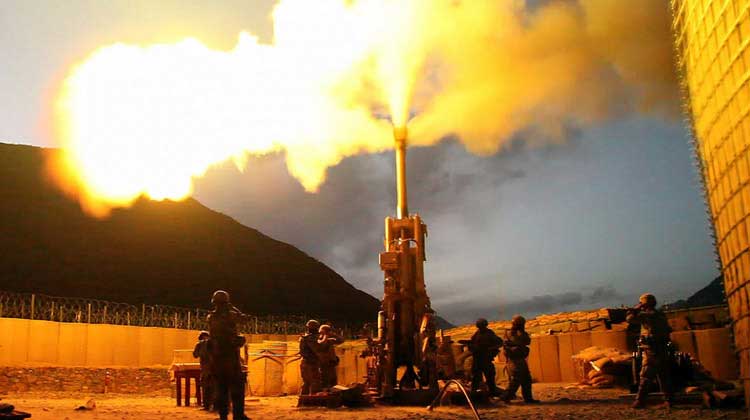
From WAR ROOM—Online Journal of the U.S. Army War College
Can the military keep pace with or outrun the rate of technological change? It’s a daunting challenge. The more the Army invests in legacy systems to face traditional competitors, the more a growing number of non-traditional ones will counter it with emerging, asymmetric capabilities. The Army needs a different, bold approach to regaining advantage. It must ask questions like, “What’s better than a howitzer?” and “Do we still need tanks?” The best answers suggest applying leap-ahead technologies and thinking. The race to develop and apply meaningful, breakthrough Artificial Intelligence (AI) and other advanced technologies is moving at full-throttle.
Futurist, author, and computer scientist Ray Kurzweil estimates that between 2000 and 2007, technology advanced 1 million times—and predicts by his “Law of Accelerating Returns” it will advance a billion times over the next thirty years. Advances will occur exponentially faster as time passes. He theorizes that, relative to innovation rates of the past, we will experience 20,000 years of progress in only 100 years. By 2020, $1,000 will buy a computer capable of 10 quadrillion calculations per second—roughly equivalent to the power of a human brain. By 2030, $1,000 will buy a computer with a thousand times the power of human brain. By 2045, it will buy a processor a billion times more intelligent than every human combined.
The internet of things—all the devices connected to the web—is real, growing, and ubiquitous. In December 1995, there were 16 million internet users on Earth; in June 2018, the number was around 4.2 billion—and rising. In 23 years, more than half the world plugged in.
The spread of technology into almost everything we do and use will radically change the future military and operational environment. Between 2035 and 2050, warfighters will face longer, deeper, hyper-connected battlespaces. Adversaries will engage our Soldiers everywhere, from their home station military bases, to ports of debarkation, to tactical assembly areas, to their living rooms. Technology will infuse human life from outer space to the ocean floor; from military to non-military operations; from governmental to non-governmental business; from state to non-state acts; from physical to virtual experiences.
Continue reading here.